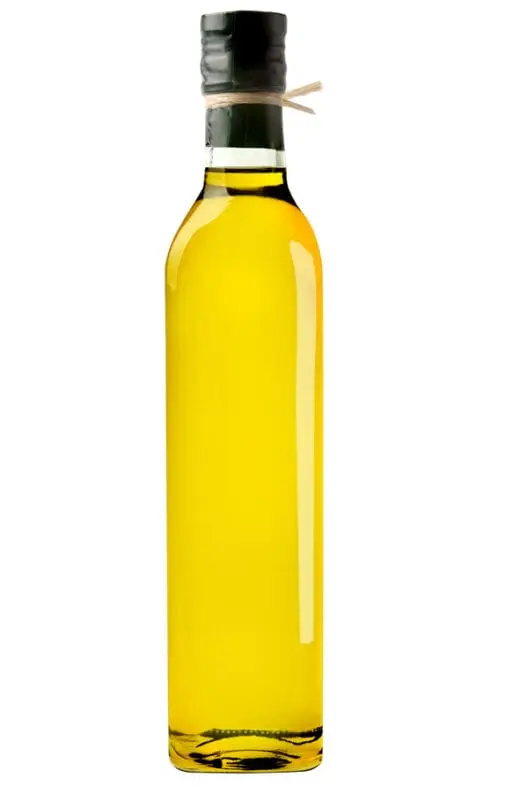We continue to talk about useful and not very useful fats. Our nutritionist Oleg Vladimirov explains why polyunsaturated Omega-6 fatty acids can be dangerous for the body.

Omega 6 contains about 10 components, the most important of which are linoleic acid and arachidonic acid. And although essential fatty acids, like trace elements, must be present in human food, in excess amounts of Omega 6 can really harm our body. The fact is that arachidonic acid is converted into inflammatory mediators prostaglandins and leukotrienes and can provoke the development of asthma, arthritis, atherosclerosis, thrombosis, vascular and immuno-inflammatory diseases, and can also lead to the appearance of tumors.
The sources of Omega 6 are quite extensive. First of all, these are vegetable oils: palm, soy, rapeseed, sunflower, oenothera, borago, black currant, soy, hemp, corn, cotton and safflower. In addition to vegetable oils, Omega 6 is found in poultry meat, eggs, sunflower and pumpkin seeds, avocados, cereals and bread, cashew nuts, pecans and coconut.
The optimal ratio of essential fats Omega 3 and Omega 6 is 1:4, but in modern, even dietary nutrition, this ratio is skewed in favor of Omega 6 sometimes tenfold! It is this imbalance that can lead to various diseases. To avoid this, you need to increase the proportion of Omega 3 in your diet in relation to Omega 6, that is, eat more foods containing Omega 3.









